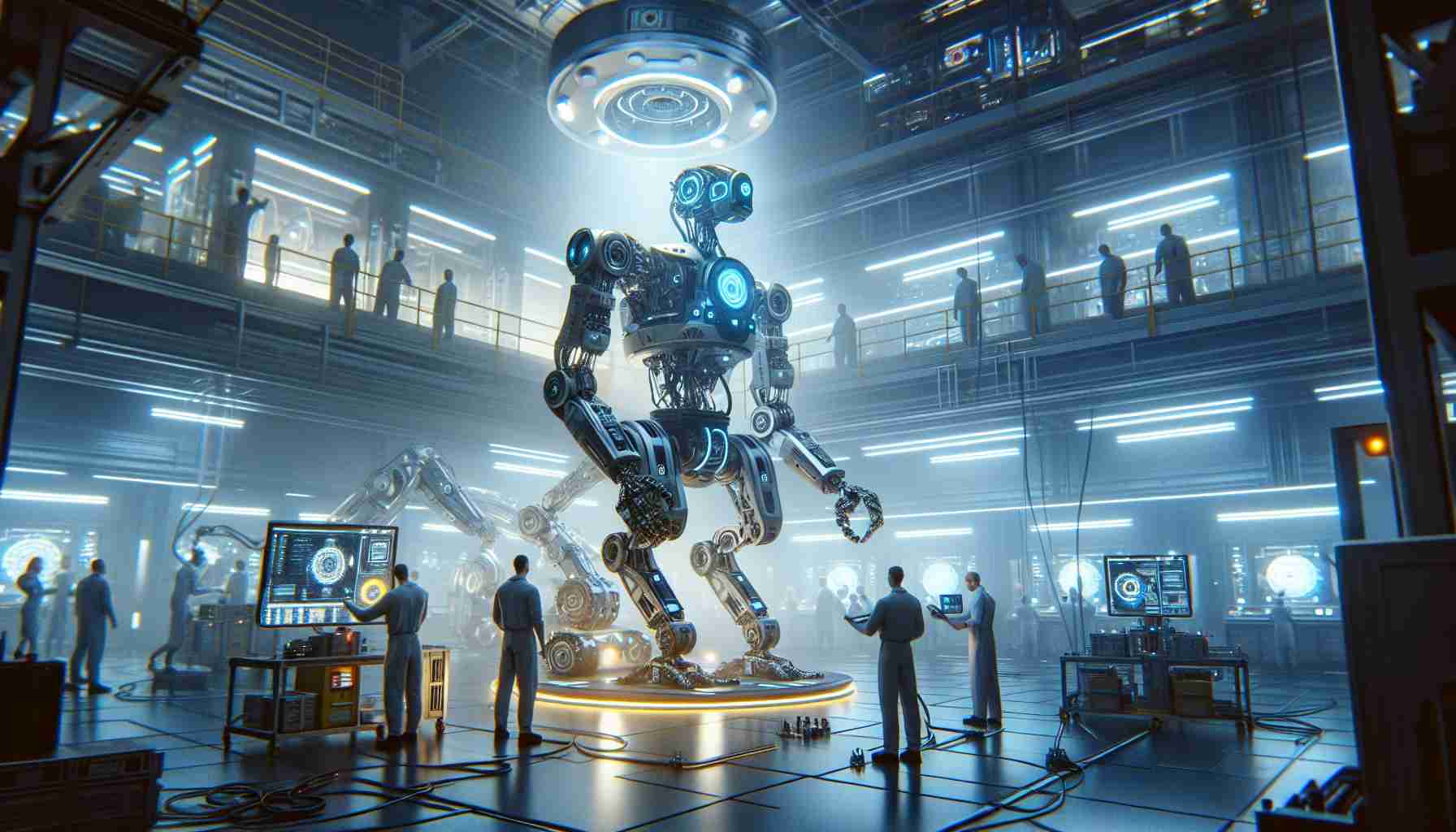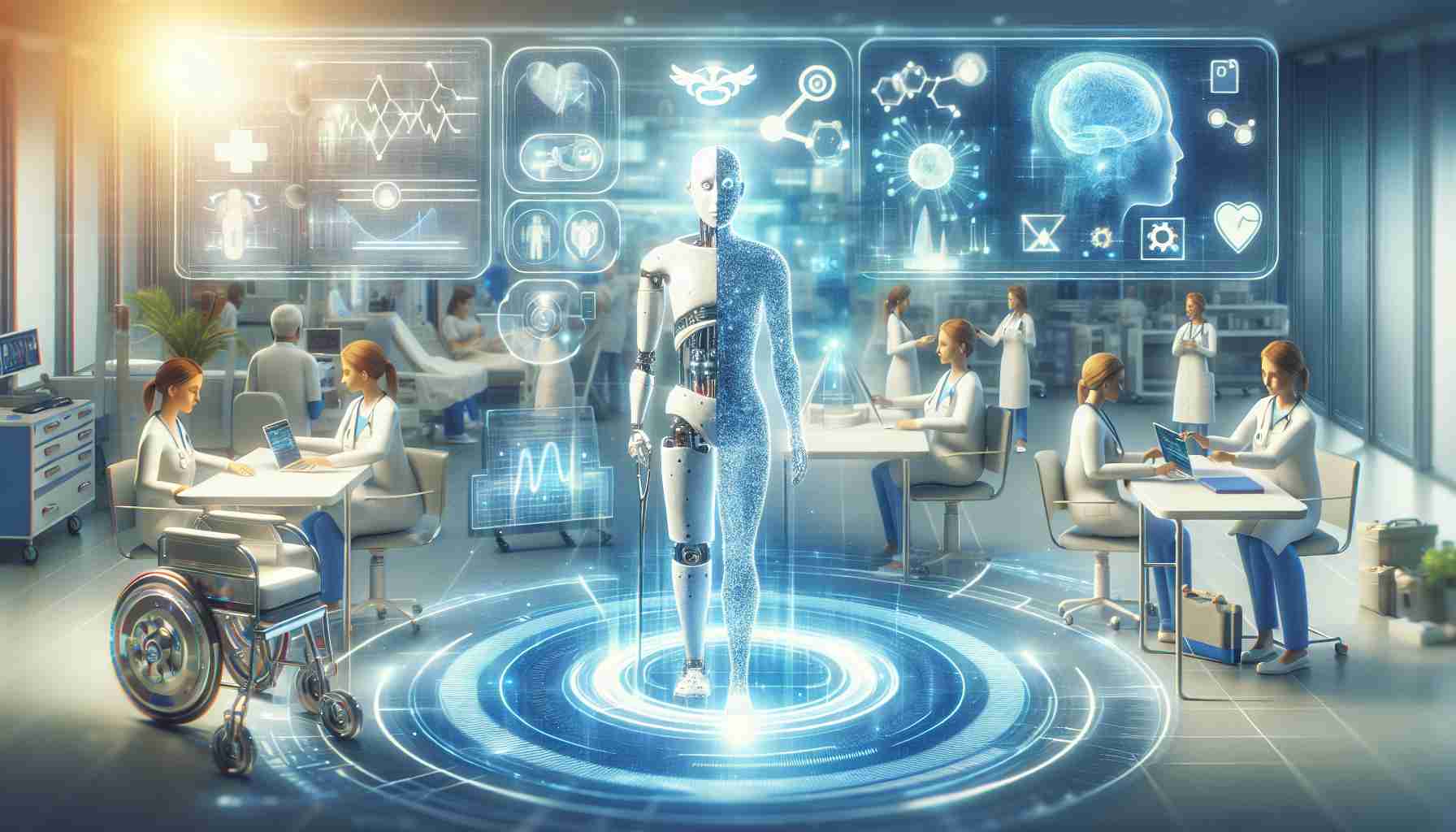- Boston Dynamics partners with the RAI Institute to enhance the Atlas humanoid robot.
- The collaboration focuses on advancing reinforcement learning techniques.
- Marc Raibert’s RAI Institute transforms innovative research into practical applications.
- Hyundai’s backing allows for more ambitious technological exploration.
- Advanced simulations will significantly reduce training time for Atlas.
- Atlas aims to improve dynamic tasks, like running and heavy lifting, through optimized learning.
- The partnership seeks to make humanoid robots more adaptable and capable in real-world scenarios.
- Anticipate groundbreaking advancements in robotic mobility and intelligence from this collaboration.
In a thrilling leap towards the future of robotics, Boston Dynamics has joined forces with the Robotics & AI Institute (RAI Institute) to supercharge its already impressive Atlas humanoid robot. This innovative partnership is designed to elevate reinforcement learning— a method that mimics how humans and animals learn through trial and error.
Founded by the visionary Marc Raibert, the RAI Institute is where cutting-edge research transforms concepts into reality. Backed by Hyundai, which acquired Boston Dynamics in 2021, this collaboration allows Raibert to push the boundaries of technology that was previously constrained by commercial interests.
The duo is not just aiming to improve Atlas’s learning capabilities but is revolutionizing the process. Through advanced simulations, they are reducing the traditionally high time investment needed for training. Imagine Atlas gracefully mastering tasks like dynamic running and lifting heavy objects—these feats require precise synchronization of arms and legs.
As Raibert ardently states, the goal is to pioneer technologies that will shape the next generation of intelligent machines. This partnership aims to streamline how humanoids learn new skills, broadening their capabilities and adaptability in real-world environments.
This exciting news comes on the heels of other major developments in the robotics field, highlighting a competitive landscape where companies are racing to refine the fabric of embodied AI. With Boston Dynamics at the forefront, we can expect jaw-dropping advancements in robotic mobility and intelligence.
Get ready! The future of humanoid robots is closer than ever, and it’s going to be a game-changer!
Revolutionizing Robotics: The Future of Atlas and Human-Machine Interaction
In a groundbreaking development within the realm of robotics, Boston Dynamics is fortifying its Atlas humanoid robot through a strategic partnership with the Robotics & AI Institute (RAI Institute). This collaboration is set to significantly enhance reinforcement learning capabilities, emulating the way humans and animals learn via trial and error, while streamlining training processes using advanced simulations that reduce overall time investment.
Key Innovations and Features
1. Advanced Reinforcement Learning: The partnership is focused on developing sophisticated reinforcement learning techniques that enable Atlas to master complex tasks more efficiently, such as dynamic running and heavy lifting.
2. Reduced Training Time: By leveraging advanced simulations, the duo aims to cut down on the extensive periods typically associated with training robots, making the development process faster and more efficient.
3. Enhanced Adaptability: This collaboration is not just about improving skills but also about broadening the robot’s capabilities and its adaptability to various real-world situations, presenting a more versatile humanoid robot.
Insights and Market Trends
– Competitive Landscape: Boston Dynamics, now backed by Hyundai, is positioned among leading competitors in the robotics sector, such as Tesla and Softbank’s robotics division, all vying to excel in embodied AI.
– Technological Advancements: Innovations in AI and machine learning are expected to accelerate the development of humanoid robots, pushing them closer to practical applications across industries ranging from logistics to healthcare and beyond.
Limitations and Controversies
– Safety Concerns: As robots become more autonomous and capable, questions surrounding safety and ethical implications emerge, especially regarding their deployment in sensitive environments.
– Cost of Development: The complexity of creating advanced humanoid robots like Atlas may lead to immense development costs, potentially limiting access to these technologies for smaller companies.
Frequently Asked Questions
1. What specific tasks can the Atlas robot potentially learn through this new partnership?
– Atlas is expected to master complex tasks such as running dynamically over uneven terrains, performing heavy lifting with precision, and navigating obstacles, showcasing enhanced mobility and functionality.
2. How does reinforcement learning affect the development of humanoid robots?
– Reinforcement learning allows robots to learn from trial and error, adapting their actions based on feedback. This leads to more autonomous behavior, enabling robots to perform tasks in unpredictable environments.
3. What are the implications of these advancements for the future of work?
– As robots like Atlas become more capable, they may take on roles in dangerous or labor-intensive jobs, improving safety and efficiency in various sectors, but this raises concerns about job displacement for human workers.
For further information on the evolving landscape of robotics and AI, you can visit Boston Dynamics and stay updated with their latest innovations.




















